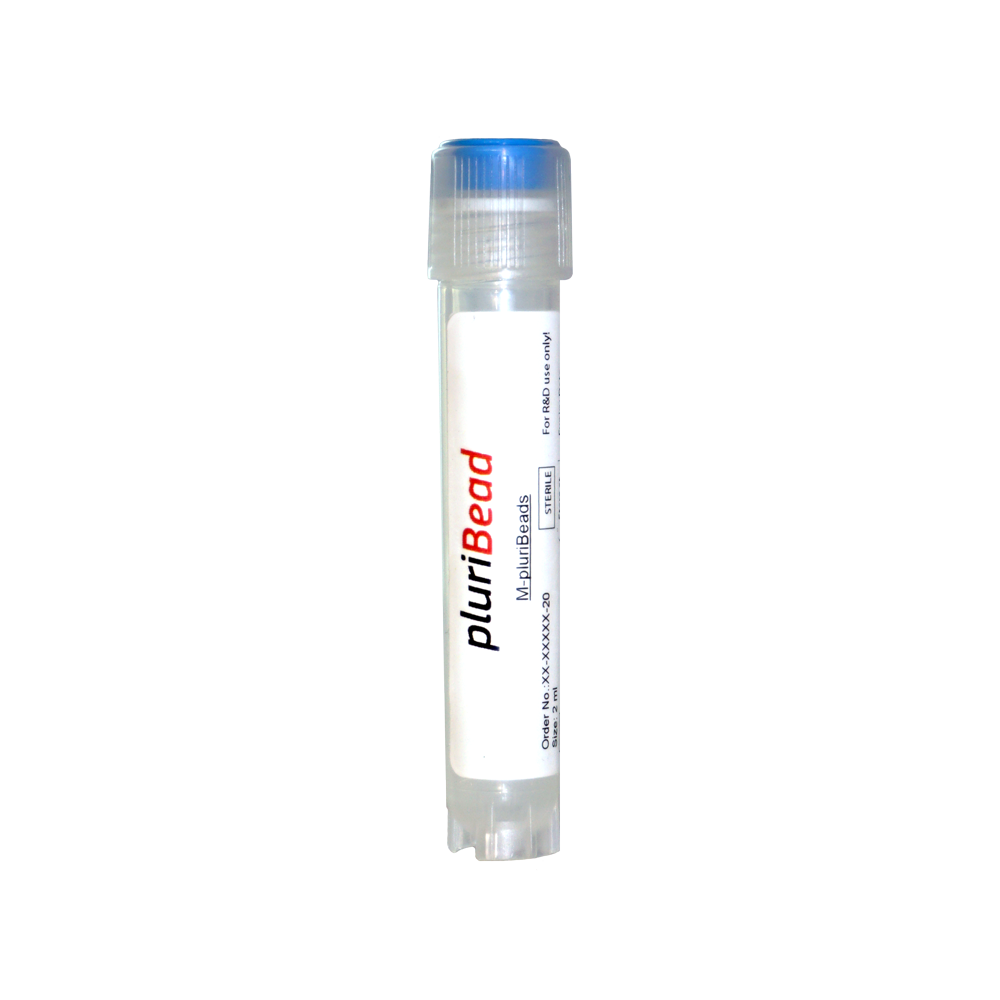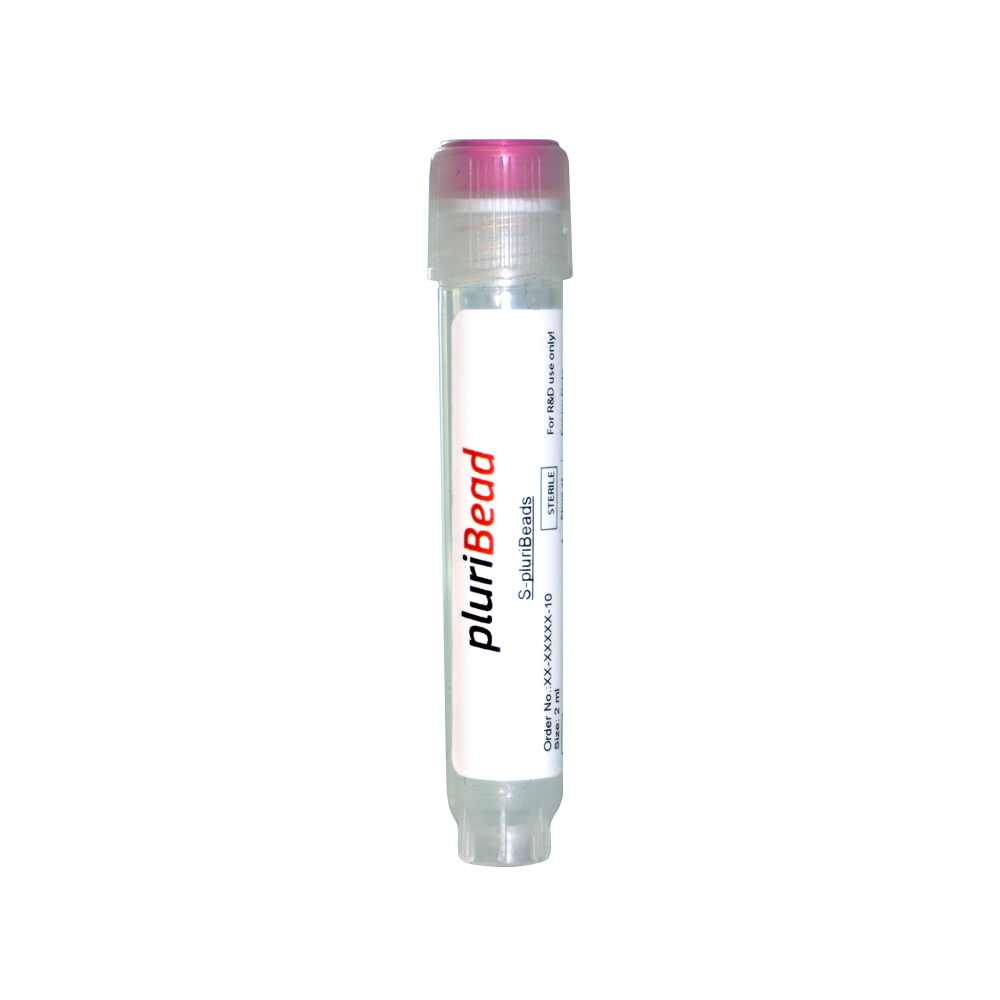Cookie Settings
当社は、お客様に最適な体験を提供するためにクッキーを使用しています。 技術的に必要なクッキーはショッピングを可能にするために使用され、統計は匿名化されたGoogleアナリティクスに使用されます。 すべては、更新された プライバシーポリシー.
Eosinophils also have kidney-shaped lobed nuclei (two to four lobes). The number of granules in an eosinophil can vary because they have a tendency to degranulate while in the blood stream.] Eosinophils play a crucial part in the killing of parasites (e.g., enteric nematodes) because their granules contain a unique, toxic basic protein and cationic protein. Surface receptors on the Eosinophils that bind to IgE are used to support the task. Eosinophils also have a limited ability to join the phagocytosis. They are professional APC, they regulate other immune cell functions (e.g., CD4+ T cell, dendritic cell, B cell, mast cell, neutrophil, and basophil functions). Eosinophils can be involved in the destruction of tumor cells and they promote the repair of damaged tissue.
The Eosinophils can be isolated together with the neutrophils using the Leuko-Spin density Gradient media. (Lympho Spin – Leuko-Spin density gradient cascade)

